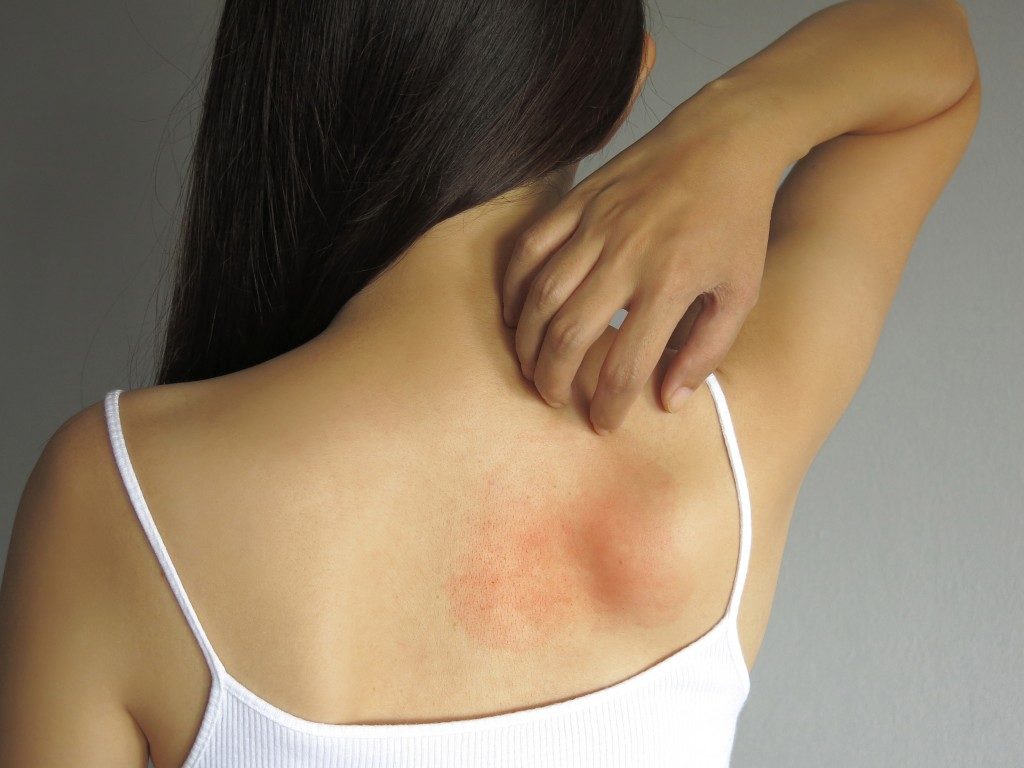When your skin comes in contact with anything that irritates it, it may develop a burning or itchy rash called contact dermatitis.
Plenty of individuals will experience contact dermatitis and the irritating itchiness that comes with it at least once in their lives. Although most individuals won’t experience a terrible allergic reaction, its effects could be immensely unpleasant and uncomfortable until symptoms ease.
Contact Dermatitis Come in Different Types
The following are the most common kinds of contact dermatitis:
Allergic Contact Dermatitis
This is due to your immune system overreacting to an irritating chemical of substance or an allergic reaction. Hives or contact urticaria, an itchy rash, typically appears right after being exposed to a trigger or allergen.
Irritant Contact Dermatitis
This occurs when your skin comes in contact with heat, a chemical, or experiences excessive friction.
Occupational Contact Dermatitis
This is common is certain occupations where employees ordinarily come in contact or are regularly exposed to chemicals, and allergens or irritants like latex, rubber or nickel.
Photocontact Dermatitis
This happens when an individual comes in contact with any allergen or irritant and the affected area is exposed to the sun.
How to Know If It’s Contact Dermatitis

In virtually all contact dermatitis cases, an itchy, stinging, burning, and reddish rash will appear following exposure to triggering irritants or allergens. Continued exposure might cause the skin to turn leathery and dark. Certain kinds of contact dermatitis may include these symptoms:
- Flaky, cracked, and dry skin
- Blisters
- Rashes that look like they came together and are swollen
- Pain
- Swelling
- Burning sensation
In order to help you determine what kind of contact dermatitis you’re suffering from, you need to pinpoint when exactly your symptoms appeared. In the event that your contact dermatitis started because of a reaction to an irritant, your symptoms could appear right away. Likewise, in more severe cases, ulcers may develop. This will enable you to determine the irritant that triggered your symptoms.
Treating Contact Dermatitis
In the majority of cases, symptoms will subside once exposure to the trigger has ended, but the rash might need some time to subside. For instance, a poison ivy rash usually lingers since the plant’s oils have leached into your skin, but will eventually clear up.
Avoidance is key to preventing an episode of contact dermatitis. But in the event that contact has been made, cleaning the affected site with water and mild cleanser may help. Otherwise, the following home treatments might help ease symptoms:
- Avoiding scratching the rash
- Applying ice to cool the affected area and reduce swelling and itchiness
- Applying ointments to relieve the rash
- Taking antihistamine medications
- Applying an oatmeal paste to the affected site or taking a bath with oatmeal products
For more severe cases, you may need to see your dermatologist. They will prescribe stronger anti-itch creams or ointments that contain corticosteroids as well as prescription meds to address your symptoms.
Remember, the majority of contact dermatitis cases are not serious, but could be very uncomfortable. If home treatments fail to work, see your dermatologist as soon as possible.
